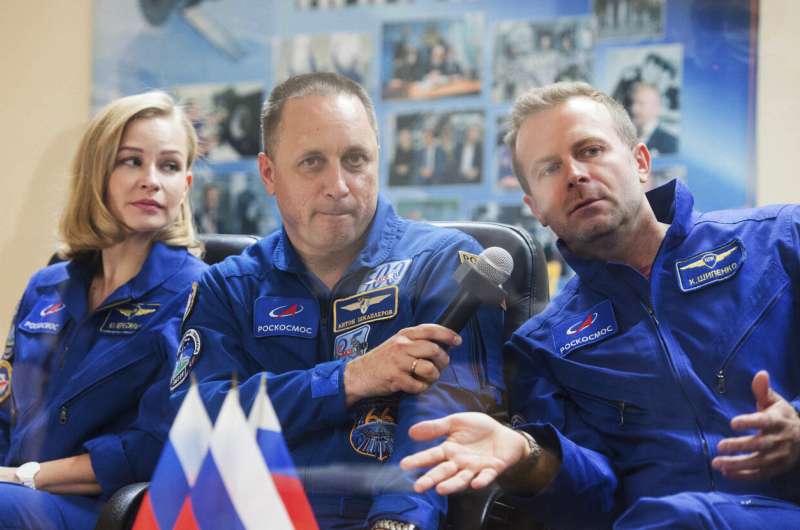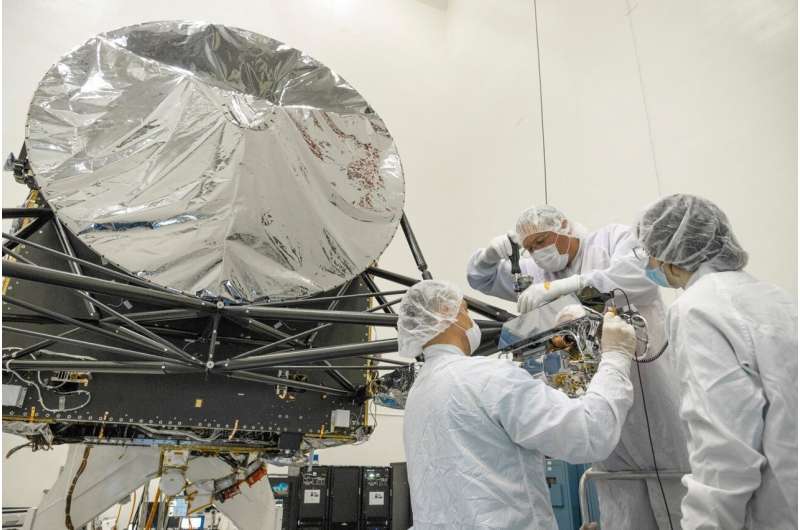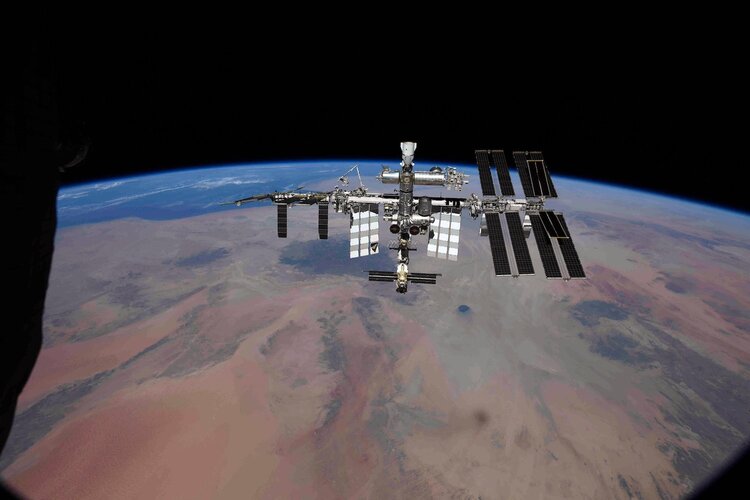
Copernical Team
New small satellite platform debuts
 China is offering a small communication satellite platform to countries seeking an affordable solution for their own space-based internet networks.
The DFH-3E satellite platform was designed by the China Academy of Space Technology, a subsidiary of the State-owned space conglomerate, China Aerospace Science and Technology Corp. It is the country's first small satellite platform designed fo
China is offering a small communication satellite platform to countries seeking an affordable solution for their own space-based internet networks.
The DFH-3E satellite platform was designed by the China Academy of Space Technology, a subsidiary of the State-owned space conglomerate, China Aerospace Science and Technology Corp. It is the country's first small satellite platform designed fo BepiColombo's first views of Mercury
 The ESA/JAXA BepiColombo mission has captured its first views of its destination planet Mercury as it swooped past in a close gravity assist flyby last night. The closest approach took place at 23:34 UTC on 1 October at an altitude of 199 km from the planet's surface. Images from the spacecraft's monitoring cameras, along with scientific data from a number of instruments, were collected during t
The ESA/JAXA BepiColombo mission has captured its first views of its destination planet Mercury as it swooped past in a close gravity assist flyby last night. The closest approach took place at 23:34 UTC on 1 October at an altitude of 199 km from the planet's surface. Images from the spacecraft's monitoring cameras, along with scientific data from a number of instruments, were collected during t China plans to build special site for weekly launch of Long March 8 rockets
 China plans to build a special pad at the Wenchang Space Launch Site in Hainan to launch the next-generation Long March 8 rockets on a weekly basis, the head of the Long March 8 project at the China Aerospace Science and Technology Corporation (CASC), Xiao Yun, said on 4 October.
"Our current preliminary plan is that we will be able to carry out one launch every seven days to meet public n
China plans to build a special pad at the Wenchang Space Launch Site in Hainan to launch the next-generation Long March 8 rockets on a weekly basis, the head of the Long March 8 project at the China Aerospace Science and Technology Corporation (CASC), Xiao Yun, said on 4 October.
"Our current preliminary plan is that we will be able to carry out one launch every seven days to meet public n China's space refueling vehicle makes debut at Airshow China 2021
 A space refueling vehicle built by China made its debut at the ongoing 13th China International Aviation and Aerospace Exhibition (Airshow China 2021).
The refueling vehicle has been developed by the Shanghai Academy of Spaceflight Technology (SAST) under the China Aerospace Science and Technology Corporation.
Lifespans of satellites could be extended thanks to the space refueling ve
A space refueling vehicle built by China made its debut at the ongoing 13th China International Aviation and Aerospace Exhibition (Airshow China 2021).
The refueling vehicle has been developed by the Shanghai Academy of Spaceflight Technology (SAST) under the China Aerospace Science and Technology Corporation.
Lifespans of satellites could be extended thanks to the space refueling ve Endurosat and Exolaunch announce launch agreements for Spacex Falcon 9 Rideshare Missions
 EnduroSat and Exolaunch have signed f launch agreements for sending two EnduroSat NanoSats into orbit aboard SpaceX's Falcon 9. The 6U XL SharedSat nanosatellites, built by EnduroSat for its customers, will be launched via Exolaunch in H1 2022 as part of SpaceX's SmallSat Rideshare Program.
The SharedSats are 6U XL NanoSats with several multi-purpose payloads on a single bus. By simplifyin
EnduroSat and Exolaunch have signed f launch agreements for sending two EnduroSat NanoSats into orbit aboard SpaceX's Falcon 9. The 6U XL SharedSat nanosatellites, built by EnduroSat for its customers, will be launched via Exolaunch in H1 2022 as part of SpaceX's SmallSat Rideshare Program.
The SharedSats are 6U XL NanoSats with several multi-purpose payloads on a single bus. By simplifyin USNC-Tech team wins contract to develop nuclear thermal propulsion system for NASA
 Idaho National Laboratory has selected USNC-Tech and its partners to develop a nuclear thermal propulsion (NTP) reactor concept design for space exploration: the Power-Adjusted Demonstration Mars Engine (PADME) NTP engine.
This effort, one of three selected by the government team, is a step toward the manufacture and demonstration of safe, affordable, reliable, high-performance NTP engines
Idaho National Laboratory has selected USNC-Tech and its partners to develop a nuclear thermal propulsion (NTP) reactor concept design for space exploration: the Power-Adjusted Demonstration Mars Engine (PADME) NTP engine.
This effort, one of three selected by the government team, is a step toward the manufacture and demonstration of safe, affordable, reliable, high-performance NTP engines Russian crew blast off to film first movie in space
 A Russian actress and director blasted off to the International Space Station on Tuesday in a historic bid to best the United States to film the first movie in orbit.
The Russian crew is set to beat a Hollywood project that was announced last year by "Mission Impossible" star Tom Cruise together with NASA and Elon Musk's SpaceX.
Actress Yulia Peresild, 37, and film director Klim Ship
A Russian actress and director blasted off to the International Space Station on Tuesday in a historic bid to best the United States to film the first movie in orbit.
The Russian crew is set to beat a Hollywood project that was announced last year by "Mission Impossible" star Tom Cruise together with NASA and Elon Musk's SpaceX.
Actress Yulia Peresild, 37, and film director Klim Ship Russia film crew set to blast off to make 1st movie in space

Science of Psyche: Unique asteroid holds clues to early solar system

Set to launch next year, NASA's Psyche mission marks the first time the agency has set out to explore an asteroid richer in metal than rock or ice.
More than 150 years have passed since novelist Jules Verne wrote "Journey to the Center of the Earth," but reality has yet to catch up with that science fiction adventure. While humans can't bore a path to our planet's metallic core, NASA has its sights set on visiting a giant asteroid that may be the frozen remains of the molten core of a bygone world.
Thomas Pesquet takes commanding role on Space Station

Today ESA astronaut Thomas Pesquet became commander of the International Space Station, taking over from Japanese Aerospace Exploration Agency astronaut and fellow Crew-2 member Akihiko Hoshide. Thomas will hold this role until shortly before Crew-2 return to Earth in November.
